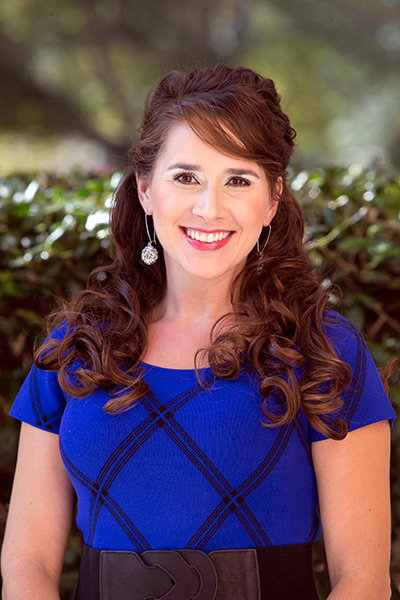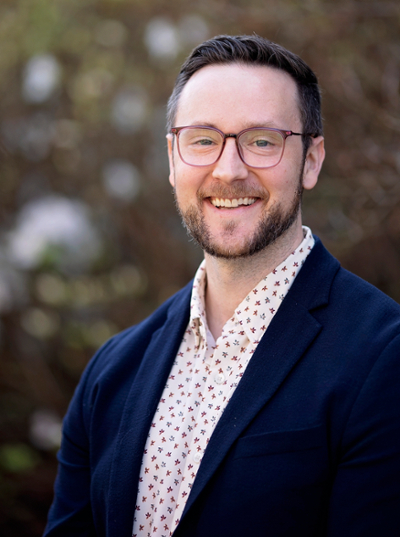
Last summer at Samford while Animate 2023 was taking place, a team of four researchers conducted focus groups and informational interviews with almost all our teenage participants to better assess their liturgical curiosity, formation, and experience of difference through the worship of Animate.
Based upon our research, the theme that consistently stood out in our learning was the teenage worshiper’s near-universal delight in experiencing liturgical difference as well as worship practices that were new or foreign to them. One teenager reflected on this theme’s importance like this:
Just being in the worship services and being around different mindsets is new to me and I’m actually enjoying it because I’m learning about different ways that people think and how people approach different things. And just, it’s really been deepening my understanding on basic things that I do throughout everyday life that are becoming not so basic anymore.
Here are five worship practices that were frequently emphasized as having been experienced differently at Animate:
- Musical style
- Singing or speaking in languages other than English
- Varied models or styles of proclaiming Scripture
- Diverse forms of physical participation in the worship gathering, and
- Prayers of lament
Musical style
Underscoring the diversity of musical expression practiced at Animate was among the practices of difference most often referenced by participants. In many cases, students simply referenced that the music was “different” and “more varied” relative what is typically employed at their home churches. In other cases, students mentioned the varied instrumentation, highlighting both the fact that it was different but also that, at Animate, it was more diverse, utilizing more instruments throughout the week’s services. Finally, several students emphasized that some of the music was “new.” In this, they underscored Animate worship’s inclusion of songs that were relatively new in composition, not simply new to the individual student.
Singing or speaking in languages other than English
Also frequently underscored as “different” was the practice of singing and speaking in languages other than English in worship. To our surprise, students overwhelmingly expressed appreciation for this practice, with many of them hoping to maintain the practice in worship gatherings post-Animate. Stressing that the practice transcends notions of “fun” or “interesting” to be a theologically formative one, one worshiper reflected on the practice like this:
The idea of worship was still so clear within the song [“Somlandela,” sung in Zulu]. I knew what my heart was saying, even if I didn’t know what my mouth was saying. I thought that was really powerful, to say something in Zulu, which I’ve never even attempted to learn before. But to know I am offering up praise to God. He doesn’t speak any language or anything. It’s all about the heart.
Given that nearly all our worshipers were coming from contexts for which this practice is foreign, we did not anticipate the frequency with which it was enthusiastically referenced.
Varied models or styles of proclaiming Scripture
Third, students regularly emphasized varied and dramatic practices of proclaiming Scripture. In this, students overwhelmingly appreciated dramatic and enthusiastic preaching styles, models that were perceived as “passionate” and “authentic” on the part of the preacher. Students also noted that Animate employed a) more than one preacher for the worshiping assembly, and b) a male and a female preacher, both practices diverging from what is normative for many of their home worship contexts. Finally, students frequently highlighted Animate’s dramatic presentations of Scripture, which were nearly always read aloud by leaders professionally trained in theatrical arts. This was another practice students highlighted as wanting more of post-Animate.
Diverse forms of physical participation in the worship gathering
Fourth, while not as frequently referenced as the first three practices, students articulated an appreciation for the varied and enthusiastic physical participation that was common on the part of both worshipers and worship leaders at Animate. Many students noted that they came from home contexts for whom physical participation was minimal. However, at Animate, dancing, hand motions, clapping, and verbal responses (e.g., “Amen!” and other expressions of affirmation) occurred frequently, with students reflecting that they would like to engage physically in worship more often and freely.
Prayers of lament
Finally, public worship’s prayers of lament comprised a practice that elicited many and varied responses, most of which were appreciative. One response reflects the kind of provocative nurturing the experience catalyzed, a sentiment shared by many participants:
This kind of opened my eyes, the lamenting worship and being able to worship when you’re not always happy all the time. I think it opens your eyes to seeing that, most churches don’t show that side of worship. They just show the songs of joy and always being happy when you’re praising God. But I think it's a healthy thing, and God encourages it, to show him your emotions through worshiping him. And because he knows we have emotions, he has emotions. He gave us our emotions. And I think it’s another aspect of talking to God when you are worshiping him in your lament and your sadness and whatever you’re feeling.
Practicing lament in worship, though, is an element of difference that was mostly appreciated. Some students also noted how foreign the practice was from their home contexts, and how they did not believe it would be a welcome practice there. A few expressed little appreciation for public lament, noting that it was difficult to understand, confusing, or “weird,” highlighting the fact that lament was perceived to be more unfamiliar than other liturgical practices experienced at Animate.
Next up in this series, we’ll share more about our research findings from our work with teenagers at Animate. This is part three of a five-part series on our learning about young people at Animate. Additional articles include:
What We’re Learning About Young People and Worship at Animate: What Our Research Study Looked Like
What We’re Learning About Young People and Worship at Animate: What is Animate Again?

Emily Snider Andrews, Ph.D., is Assistant Professor of Church Music and Worship Leadership and Executive Director of the Center for Worship and the Arts at Samford University.

Rev. Nelson Cowan, Ph.D., Director of the Center for Worship and the Arts at Samford University, is a liturgical theologian, worship leader, and ordained pastor in The United Methodist Church.
